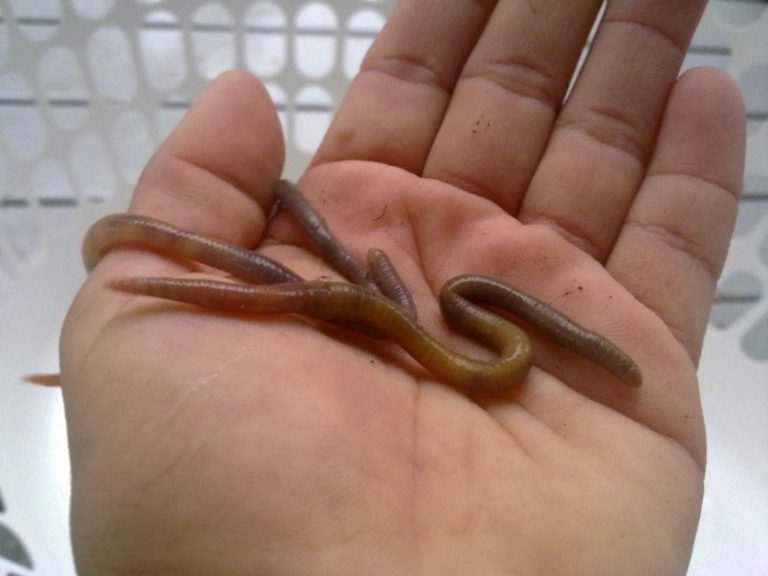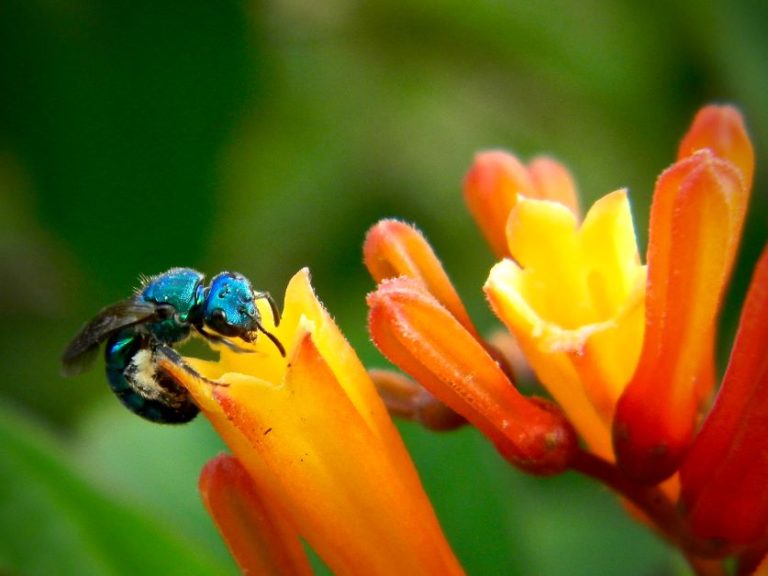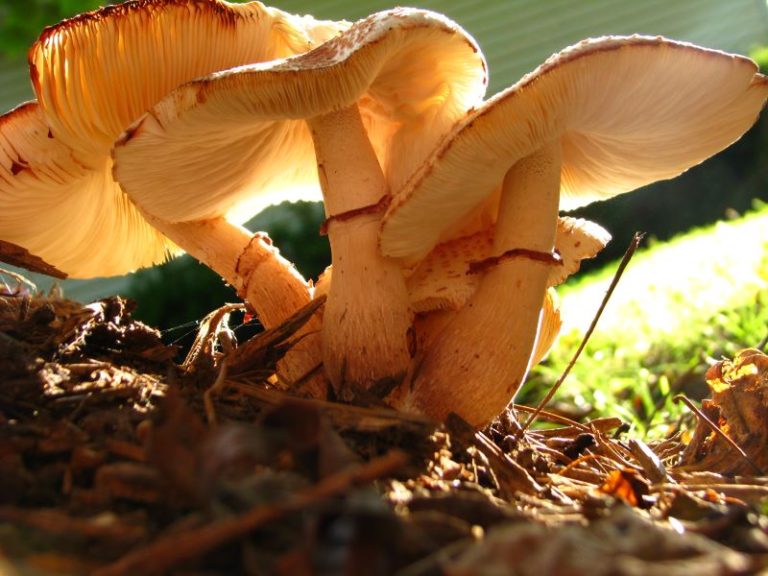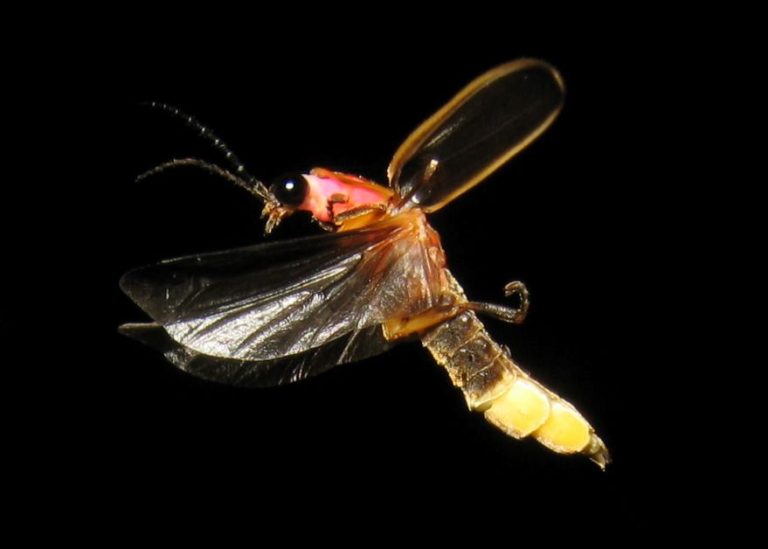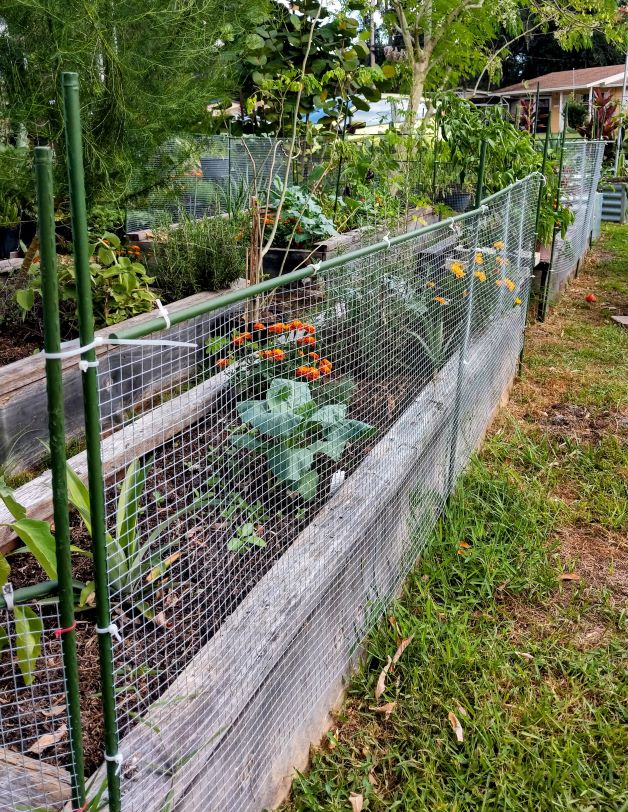How to Make an Easy DIY Oak Leaf Compost Bin
You may have heard that you can’t use oak leaves as compost because they’re too acidic. It just so happens that this is one of the biggest myths spread in the gardening community. With a little bit of preparation, oak leaves can make great compost or mulch.
Follow these instructions to make a cheap and easy oak leaf compost bin. Not only will these bins help keep your yard tidy, but they’ll help speed the breakdown of your oak leaves and reduce their acidity before you use them in your garden.
How to Make an Oak Leaves Compost Bin
Materials
- Fallen oak leaves
- Something to grind up your leaves (lawnmower, weed whacker and garbage can, electric leaf mulcher, leaf vacuum with mulcher)
- Tote container
- Measuring tape
- Tin snips
- Chicken wire
- Zip ties
- Garden stakes
- Pitchfork
- Water
- Safety glasses
- Gardening gloves
- Organic fertilizer or Black Kow manure
Steps to Make Your DIY Compost Bin
Using tin snips, cut a piece of chicken wire into a 10-foot long section. Your chicken wire should be 4-6 feet tall. If your chicken wire is too tall, it’ll fall over. If it’s too short, you won’t have enough room for your leaves.
After you’ve cut your 10-foot long section of chicken wire, fasten one end to the other using zip ties. Your chicken wire should now be in a cylinder shape. This is your oak leaf compost bin.
Drive 3 or 4 garden stakes on the inside perimeter of your compost bin to give it some support.
You need 2 compost bins for 1 pile of leaves, so repeat this process until you have 2 bins. The first bin will be the “active” bin for decomposing and the other will be the “standby,” which is used when you’re turning your compost pile. This will make more sense further down in the article.
Preparing Your Oak Leaves for Compost
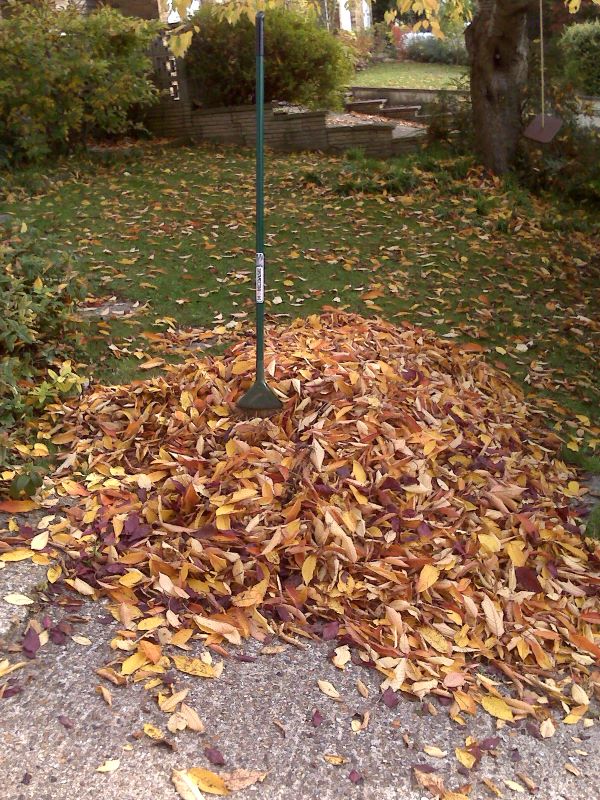
Rake your leaves into a big pile. Take care not to accidentally include animal waste, litter, or excessive weeds.
Wearing your safety glasses and gloves, grind up your leaves until they’re about 1 inch in diameter. If your leaves are too big, then they’ll take a long time to break down. If your leaves are too small, then your compost will be compacted and won’t get enough airflow.
There are a few ways to grind up your leaves:
- Run over your leaf pile with a lawnmower
- Put your leaves in a garbage can and stick a weed whacker inside the can
- Use a leaf blower with a vacuum and mulch setting
- Use a specially-made leaf grinding machine
Once your leaves are ground up, put them in a plastic tote and set them aside.
Starting Your Oak Leaf Compost
Once your compost bin is set up, take your ground-up leaves and wet them down with a hose. You can leave them in the tote and don’t worry about straining the water out. Just stick the hose directly in the tote, turn the water on. Once the leaves are fully soaked, you can turn the water off and remove the hose.
Dump your tote into your compost bin. You might need some help with this because the tote will be very heavy.
Oak leaves have a high carbon content, so you’ll need to add some nitrogen to get the decomposition process started. For this, you can use organic fertilizer or Black Kow manure. A handful of either or should be enough.
Caring for Your Oak Leaf Compost
You’ll need to turn and water your oak leaves at least once a week while they break down. If you don’t they’ll rot instead of break down and will no longer be usable in the garden.
With your pitchfork, move a few shovelfuls of leaves from your “active” bin into the empty “standby” bin. Stop every foot of leaves or so and water them down. You should give them enough water that they’re soaked but not so much that they’re waterlogged. Think about your leaves as if they’re a wet sponge.
Repeat this process until all the leaves in the “active” bin are now in the “standby” bin. When you’re moving the leaves from one bin to the other, really make sure to stir the leaves to make sure everything is getting good airflow.
Move and water your compost at least once a week for 6-8 weeks.
Over time, your compost will get hot – this is completely normal. The increase in temperature is a byproduct of good bacteria breaking down the oak leaves and turning it into compost. A good sign that your compost is ready to use is that it’s cooled down after weeks of it being hot.
How to Use Oak Leaves as Compost

How you want to use your compost will help you decide how long to let your leaves decompose. The longer you let your leaves break down, the finer your compost will be. Extra chunky compost is good to use as mulch. Finer, more broken-down compost is great to use as a potting soil substitute in container gardening. You can use the compost that’s somewhere in between chunky and fine as a top dressing to add extra nutrients to your soil.
Oak Leaf Compost Troubleshooting
Leaves inside the compost bin are slimy
If your leaves are slimy, then you need to improve the airflow in your compost bin. Use chicken wire that has bigger holes, don’t grind your leaves so fine, add less water, and turn your leaves more often.
Leaves inside the compost bin stink
Stinky leaf compost is another sign that your bin isn’t getting enough airflow. Follow the instructions above.
Leaves inside the compost bin are covered in white fuzz
White fuzz in oak leaf compost is a good thing! This is caused by a bacterium called actinomycetes, and they’re a natural part of the composting process.
Weeds growing in compost
Weeds in your compost mean that it’s not getting hot enough, which in turn means it’s not breaking down correctly. Try adding a little more water when you turn your pile.
Featured Photo Credit: UnconventionalEmma



